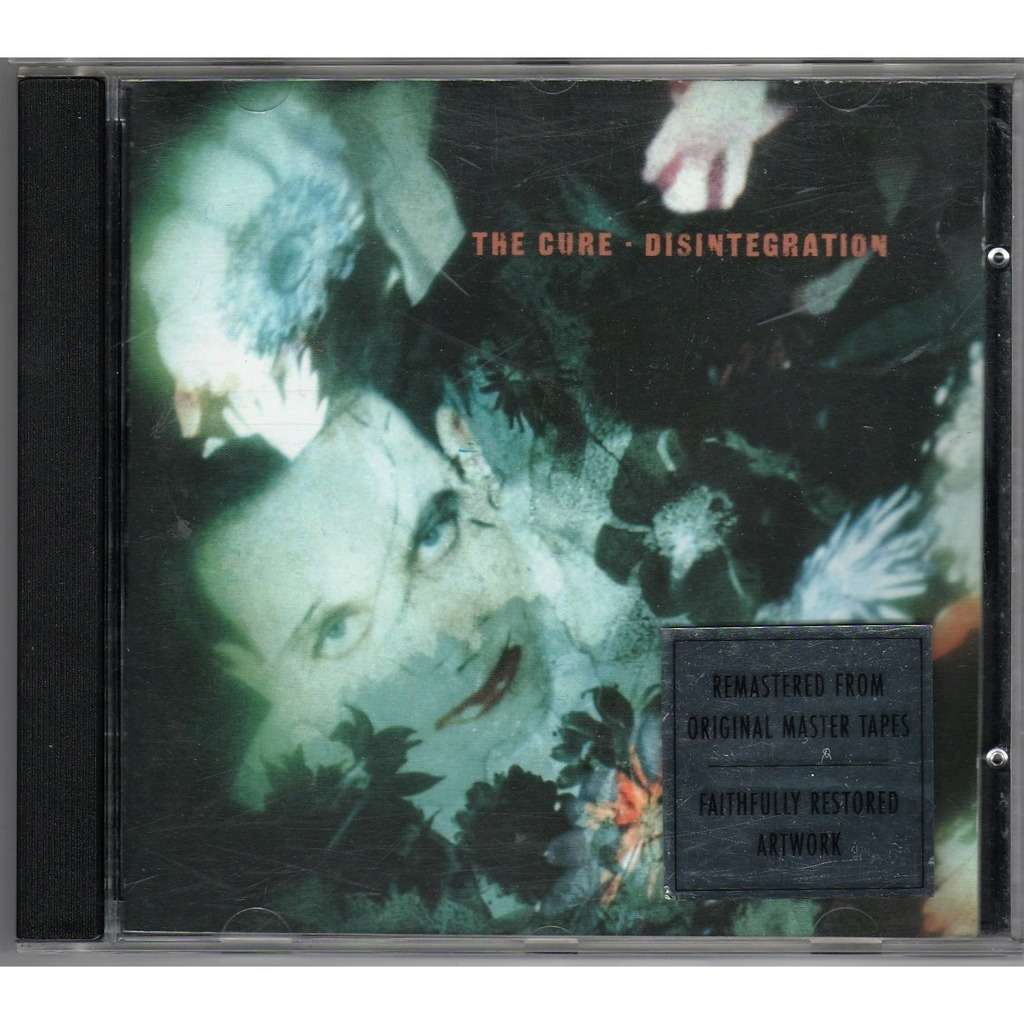Legacy is no easy thing to achieve. Aligning yourself with a moment in time is one thing, finding a connection to some passing sentimentality, a summer or a movement. Vietnam secured the award for best soundtrack early on and never looked back. CCR or the Stones come on and everybody listening is transported back fifty years. Life is full of these moments.
But legacy is something else. I was born half a decade after the release of Disintegration and still find myself personally attached to it. The album goes beyond the feeling of its time; I don’t need to have lived through 1989 to ‘get’ it. Rather than bolting itself on to a single shared experience, Disintegration forms an attachment with a generation, a dynamic generation – young people.
As I write this on a Friday, ten more albums will be released by twenty-somethings living in their past, allowing their minds to wander back to adolescence, back when there was time to feel around being sad, lost, happy, confused. It’s unlikely, but possible, that any will survive the next thirty years, transcending culture and resonating with something more profoundly ‘human’. In all likelihood, The Cure couldn’t replicate the success of their album. It strikes at just the right moment between twenty and thirty, managing to glimpse into youth itself before turning away in horror: a snapshot into that feeling between naïvety and starting to get the hang of it.
Bear in mind that Disintegration came out towards the end of the prime years, sandwiched between Kiss Me, Kiss Me, Kiss Me (1987) and Wish (1992). The album seems to reflect that conscious decision to grow up a bit. Smith himself was nearing thirty, the band approaching fifteen. Disintegration has a sense of self-awareness. “Well, here I am,” it seems to say. “Better hang on!”
And so it’s no surprise that the mood of the album has a certain self-importance about it; ‘Plainsong’ is incomparably epic in its intro with a sort-of oblivious sex appeal, a cool that wouldn’t work had Smith been a few years older. Tracks like ‘Lovesong’ and ‘Disintegration’ carry a sense of innocence over from ‘Boys Don’t Cry’ that reappears later in ‘Friday I’m in Love’.
But then we get ‘Fascination Street’, ‘Prayers for Rain’, tracks that latch on to a moody post-punk tone, but deliver a more refined, adult meaning. ‘Homesick’ still cries out for attention, but seems to recognise in moments the benignity of the universe, as if to accept it.
The Cure is an act whose songs have been defined by a desire for everything all at the same time, an irredeemable existential conflict that never seems totally happy with what it’s got. And yet, for seventy two minutes in 1989, the band managed to catch themselves in the end of youth, inspiring an entire age bracket with the possibility of change.
Words by James Reynolds
